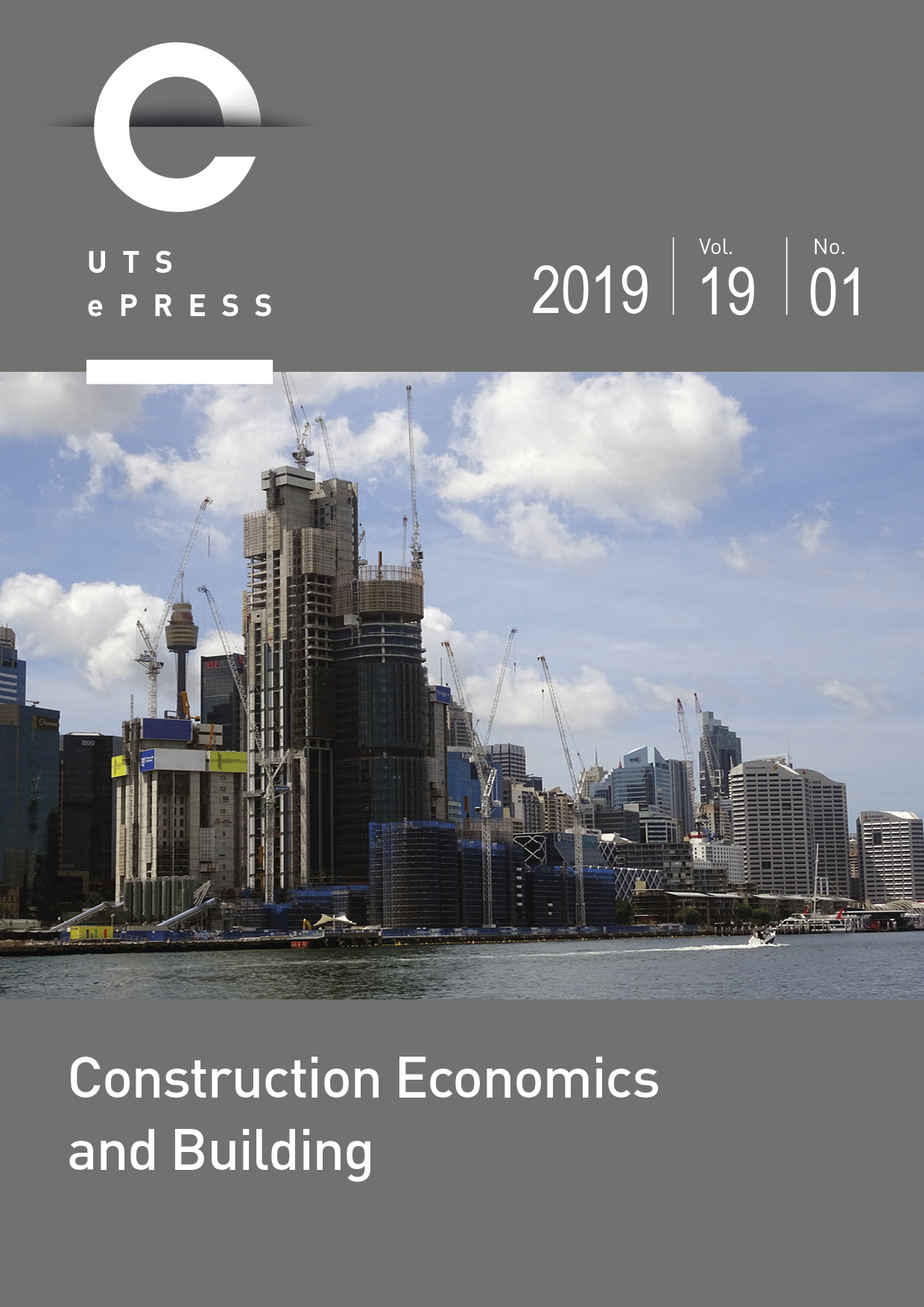Green site practices and environmental performance: how project complexity moderates the relationship
Main Article Content
Abstract
The characteristics of a project that makes it hard to understand, predict, and manage its general behavior despite the availability of required information relating to the project dynamics is referred to as project complexity. A good knowledge of project complexity at the construction phase of a project, as well as a well thought out plan to manage complexity will determine how proficiently construction projects are planned, managed, and executed in an environmentally friendly manner. The level of complexity of construction projects to a large extent determines the performance or otherwise of the projects with regards to achieving specific environmental standards. At construction sites, the effects of adopting green site practices on environmental performance is largely dependent on the level of complexity inherent in the project’s construction processes. This study investigates the moderating effects of project complexity on the relationship between various green construction site practices and environmental performance of construction projects. A survey was conducted on class A contractors in Nigeria and 168 usable responses were received. The data were analyzed using the partial least squares structural equation modelling technique. The results show that project complexity moderates the relationship between waste management and environmental performance, and the relationship between materials management and environmental performance. But project complexity does not moderate the relationship between energy management and environmental performance. The study provides important theoretical and practical information for construction managers in understanding the dynamics involved in managing of projects with different degrees of complexity, while adopting certain green site practices with the aim of delivering projects with high degree of environmental performance.
Article Details
Section
Authors who publish with this journal agree to the following terms:
a) Authors retain copyright and grant the journal right of first publication with the work simultaneously licensed under a Creative Commons Attribution License that allows others to share and adapt the work with an acknowledgement of the work's authorship and initial publication in this journal.
b) Authors are able to enter into separate, additional contractual arrangements for the non-exclusive distribution of the journal's published version of the work (e.g., post it to an institutional repository or publish it in a book), with an acknowledgement of its initial publication in this journal.
c) Authors are permitted and encouraged to post their work online (e.g., in institutional repositories or on their website) prior to and during the submission process, as it can lead to productive exchanges, as well as earlier and greater citation of published work (See The Open Access Citation Advantage Service). Where authors include such a work in an institutional repository or on their website (ie. a copy of a work which has been published in a UTS ePRESS journal, or a pre-print or post-print version of that work), we request that they include a statement that acknowledges the UTS ePRESS publication including the name of the journal, the volume number and a web-link to the journal item.
d) Authors should be aware that the Creative Commons Attribution (CC-BY) License permits readers to share (copy and redistribute the work in any medium or format) and adapt (remix, transform, and build upon the work) for any purpose, even commercially, provided they also give appropriate credit to the work, provide a link to the license, and indicate if changes were made. They may do these things in any reasonable manner, but not in any way that suggests you or your publisher endorses their use.
